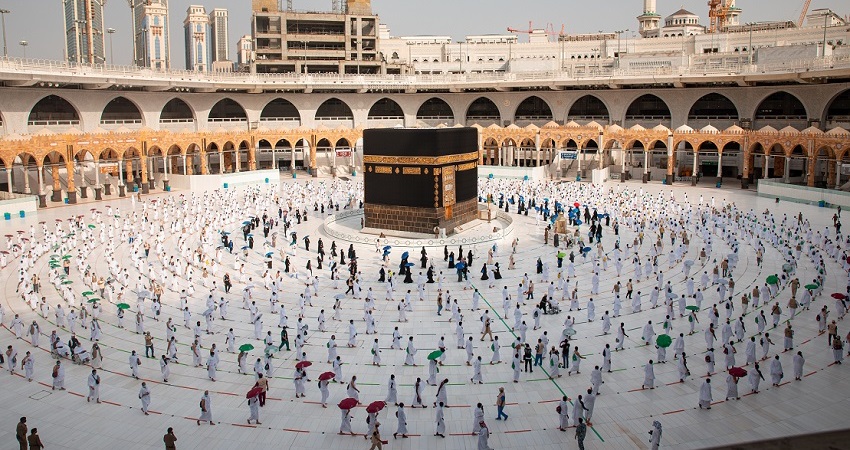Tawaf, a cherished Islamic practice, symbolizes devotion and unity as believers globally circle the Kaaba in Mecca. Rooted in the oneness of Allah, this timeless ritual traces back to Prophet Ibrahim, holding a pivotal role in Muslims’ lives as a spiritual journey. Central to pilgrimage, Tawaf embodies cosmic order, providing a space for personal reflection. In the modern era, Tawaf integrates technology, enabling virtual experiences that transcend physical boundaries. As believers partake in this sacred tradition, Tawaf remains a testament to Islam’s enduring spiritual heritage. Qibla Travels, much like an Umrah Travel Agency, naturally facilitates this sacred journey, supporting believers on their pilgrimage with reverence and care.
Understanding Tawaf
At its core, Tawaf is a spiritual journey that involves walking around the Kaaba in a counter-clockwise motion. This circular procession signifies the unity of the Muslim community and the oneness of Allah. The rituals associated with Tawaf, including specific dress codes and etiquettes, elevate the experience beyond the physical, creating a profound spiritual connection.
Tawaf in Islamic Pilgrimage (Hajj and Umrah)
Tawaf plays a crucial role during the annual Hajj pilgrimage and the smaller Umrah. It symbolizes the journey of Prophet Ibrahim and his family, inviting participants to trace their footsteps. The act of Tawaf becomes intertwined with the core rites of these pilgrimages, connecting believers to the historical roots of Islam. Participants engage in this sacred act as a means of deepening their faith and spiritual connection.
Symbolism and Spiritual Reflection
The circular movement of Tawaf goes beyond a mere physical ritual; it symbolizes cosmic order. Pilgrims, during Tawaf, find a space for personal reflection, connecting with the divine and contemplating the oneness of Allah. The spiritual depth of Tawaf transcends the physical act, making it a transformative journey that shapes the inner self and fosters a closer relationship with the divine.
Common Misconceptions about Tawaf
Misunderstandings surrounding Tawaf often revolve around dress code requirements or the purpose of circumambulation. It’s important to dispel these misconceptions to foster a clearer understanding of this sacred ritual and promote respectful discourse. Tawaf is not just a set of physical actions; it is a profound spiritual experience that goes beyond surface-level observations.
Tawaf in the Modern Context
In the modern world, Tawaf has embraced technological advancements without compromising its fundamental essence. While the core ritual remains traditional, Muslims worldwide now have the opportunity to experience Tawaf virtually, breaking geographical constraints. This digital engagement fosters a sense of unity among believers, highlighting Tawaf’s enduring relevance in the modern Islamic landscape. The essence of Tawaf remains intact, transcending physical boundaries and allowing Muslims to connect with their faith regardless of their location.
Conclusion
Tawaf stands as a timeless practice that seamlessly weaves together the historical and modern aspects of Islam. Its significance in pilgrimage, symbolism, and the spiritual journey underscores its pivotal role in Muslims’ lives. Exploring the intricacies of Tawaf reveals a rich meaning that transcends time, inviting believers into a profound connection with their faith. Tawaf is not a rigid set of actions; it is a testament to the enduring spiritual heritage of Islam, fostering devotion and unity within the diverse Islamic community across generations. As Muslims engage in Tawaf, they participate in a sacred tradition that transcends time and space, providing a meaningful anchor in the ever-evolving landscape of the Islamic faith.




